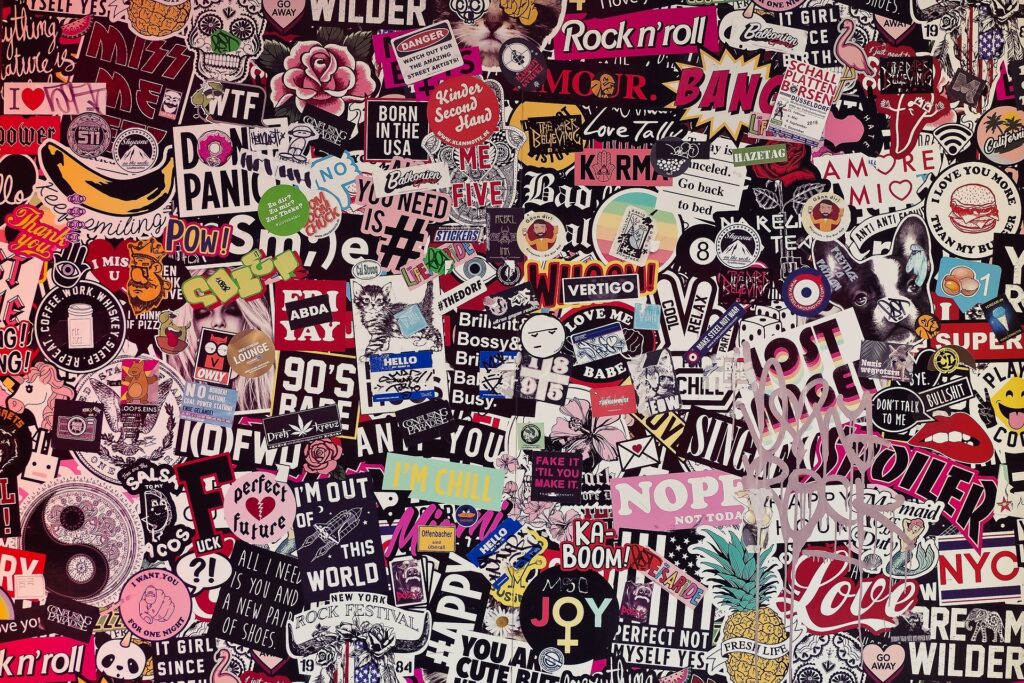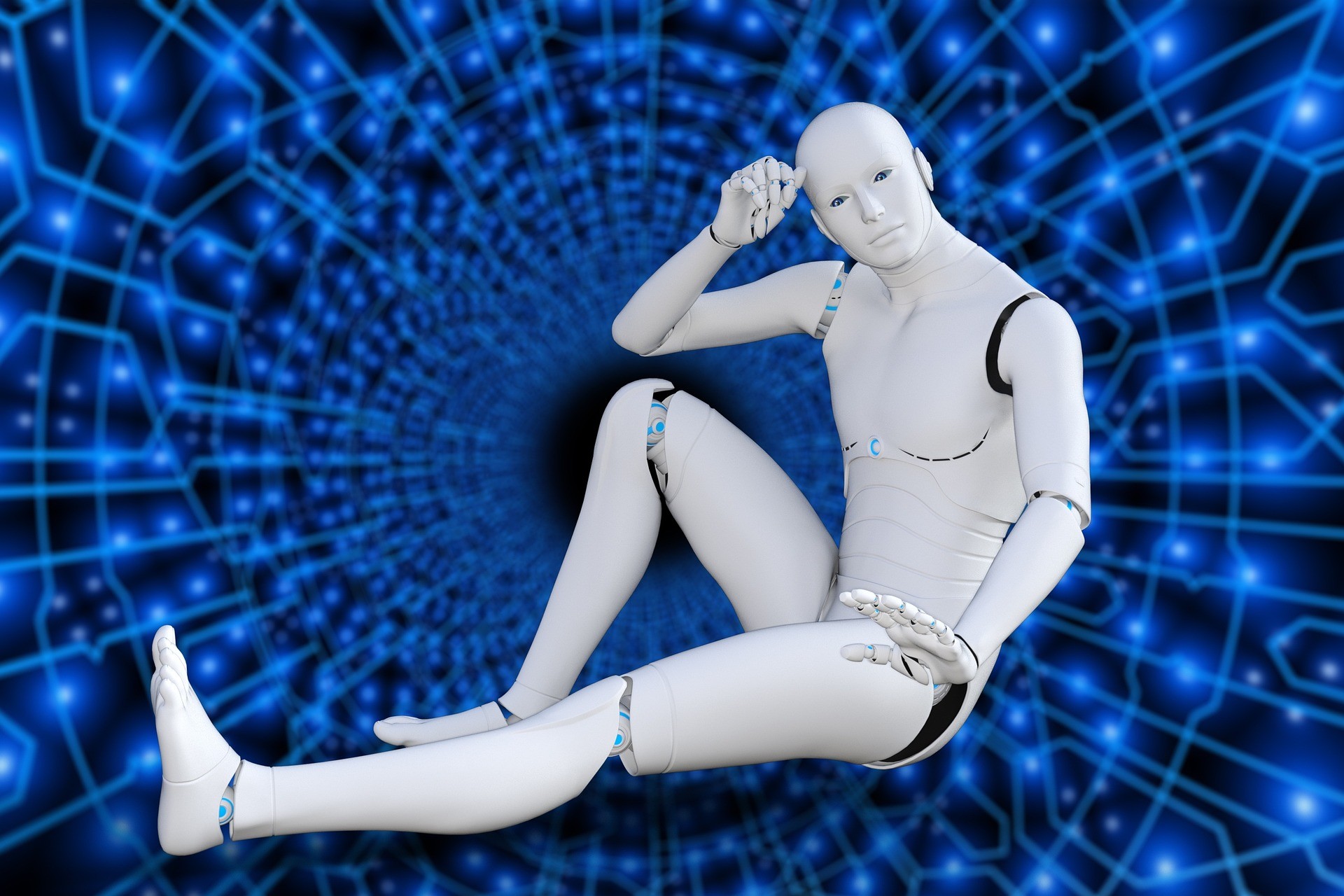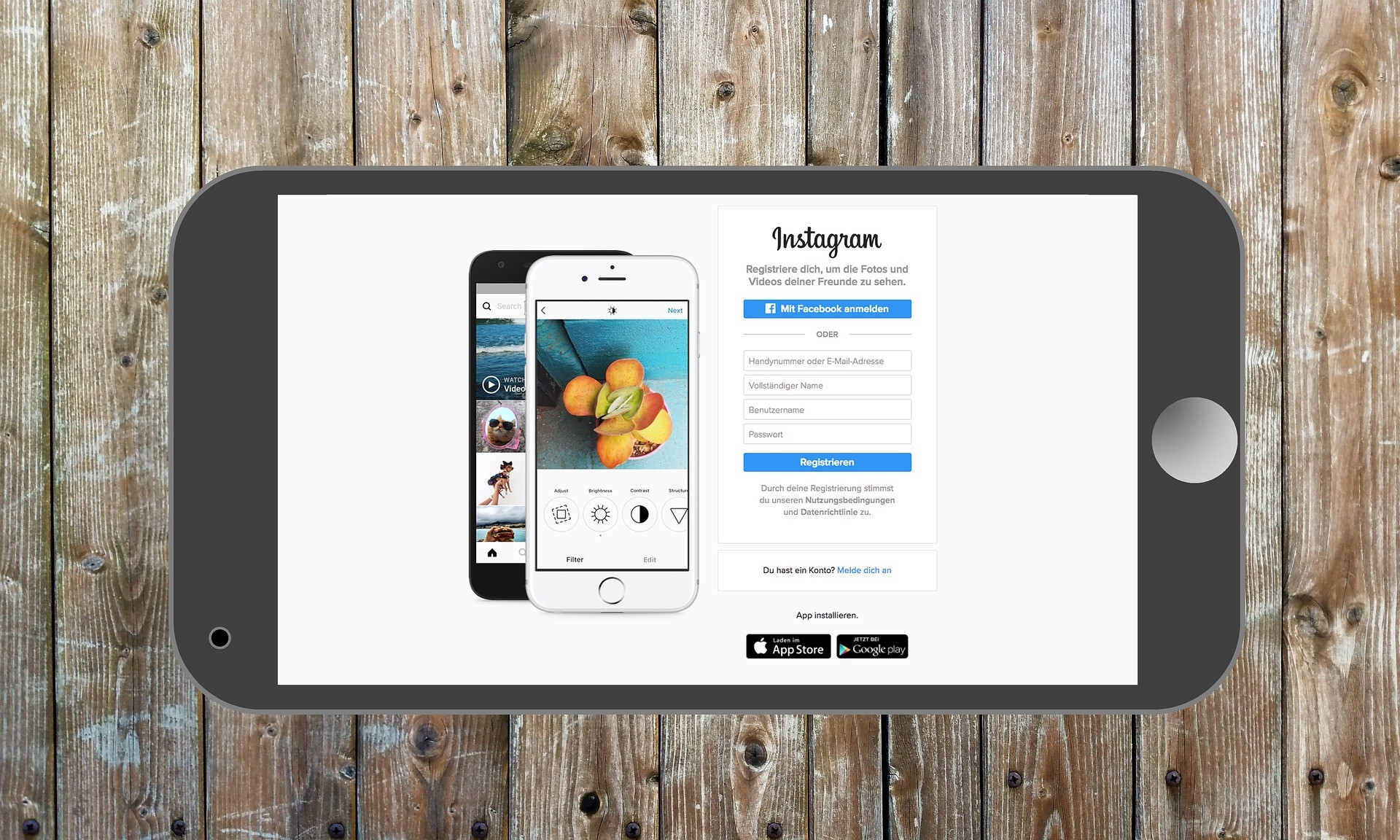Sebbene i rischi associati all’utilizzo dell’AI nel marketing siano significativi, è possibile evitarli con un’attenta pianificazione, formazione e supervisione. Esaminiamo i pro ei contro dell’utilizzo dell’Artificial intelligence nella pubblicità.
Summary
Vantaggi dell’intelligenza artificiale nella pubblicità
Ecco alcuni vantaggi dell’utilizzo dell’intelligenza artificiale nella pubblicità.
Targeting efficace degli annunci attraverso i dati
Nella pubblicità, i dati possono prevedere il comportamento dei consumatori per creare annunci mirati più efficaci. Forbes ha riferito che la combinazione di TO THE e Big Data può automatizzare “quasi l’80% di tutto il lavoro fisico, il 70% dell’elaborazione dei dati e il 64% delle attività di raccolta dei dati”.
Big Data è un termine per una grande quantità di nuovi dati disponibili derivanti dalla crescita della tecnologia digitale. Vale anche la pena notare che il 72% dei professionisti del marketing e del business concorda sul fatto che gli strumenti di artificial intelligence possono aiutarli a estrarre informazioni da dati che altrimenti non sarebbero in grado di trovare, secondo il nostro sondaggio sullo stato dell’AI.
Raggiungi più clienti
L 'artificial intelligence può aiutare il tuo marchio a valutare rapidamente ciò che funziona e non nei suoi sforzi pubblicitari. Ad esempio, Coca-Cola utilizza algoritmi di intelligenza artificiale per analizzare quando, dove e come i consumatori parlano del marchio sui social media.
Nello specifico, l’azienda ha studiato 120.000 contenuti di social media per comprendere i dati demografici e i comportamenti di clienti e utenti che discutono dei suoi prodotti. Di conseguenza, il marchio può adattare i propri contenuti per soddisfare le esigenze dei consumatori ed espandere la propria portata.
Risparmia tempo e denaro
In a recent experiment mentioned by the CMO of Hubspot Kipp Bodnar in an episode of Marketing Against The Grain, the use of artificial intelligence to design ads for the growth of subscribers has reduced the cost of the acquisition of contacts by 300%.
And it is not the only way that artificial intelligence can be used to save time and money in advertising. Of course, one of the greatest attractions of AI is its ability to work and generate results quickly.
Artificial intelligence can collect, analyze and quickly order large quantities of data. It can therefore use its results to identify trends by allowing marketing professionals to make informed advertising decisions.
This can also save money to your company in advertising by eliminating conjectures and quickly identifying opportunities that are more likely to generate revenue.
Against artificial intelligence in advertising
Here are some challenges that brands may have to face when they use artificial intelligence in advertising.
Possible inaccuracies in data
The results generated by artificial intelligence are effective only if the data entered are accurate. The data must represent all aspects of customers, their behavior and their journey.
Therefore, companies must invest in ways to verify the accuracy of the data entered in artificial intelligence models to guarantee their effectiveness.
Lack of creativity
Artificial intelligence can be an excellent tool for collecting data to inform advertising campaigns; However, humans have yet to make brainstorming on creative advertising content that generate Buzz.
For example, consumers often gravitate towards advertising on social media that shows the values of the brand and how to align with their own. Even the funny, fashionable and recognizable announcements are popular among the public. At this moment, only human beings can promote advertising content that are recognizable and touching. An advertising campaign that makes too much relying on artificial intelligence can be boring and disconnected in advertising.
However, it is important to note that while artificial intelligence tools cannot guide creative campaigns, they can however be useful in the creative process.
Data privacy
As mentioned above, artificial intelligence can collect data to create more personalized ads. However, there is also the concern that algorithms and artificial intelligence models can inadvertently collect sensitive information on consumers.
Companies that exploit artificial intelligence to collect advertising data will have to mitigate the risk by deciding which consumers information protect and how.
7 examples of advertising ai
Here are some companies that have successfully exploited artificial intelligence in their advertising campaigns.
1. Whole foods
In 2021, Whole Foods opened several Just Walk Out stores in the United States, allowing customers to collect their articles and leave without stopping at the cashier. The articles are instead charged to the customer through AI. Information on purchases of artificial intelligence can help identify models and predict future behaviors. The information allows Whole Foods to send customized messages to customers.
For example, if a customer regularly acquires sauce for pasta, basil and pasta, Whole Foods could send promotional codes and discounts for other Italian ingredients and foods.
What I like: Just Walk Out stores create a simple customer experience for buyers, at the same time collecting useful information that can serve them better in the future.
2. Buzzfeed
The Media Buzzfeed company uses Openai to provide personalized content to vast scale consumers that would not be possible without automation. Specifically, the CEO of Buzzfeed, Jonah Peretti, said that artificial intelligence will help "improve the quiz experience, inform our brainstorming and customize our content for our audience".
Buzzfeed is not trying to replace its authors with artificial intelligence. Instead, writers and creators are collaborating with the creative assistant to the site, "Buzzy the robot".
3. Best Western
Best Western has collaborated with IBM Watson advertising to create ads based on artificial intelligence to reach and involve consumers who are actively planning to travel during the weekend of top holidays. The IBM, conversations tools, was used by Best Western because traveling is a personal experience and the tool could offer personalized travel advice.
According to IBM, the device was "trained on Best Western's information and used the processing of natural language to allow a 1: 1 dialogue to provide a univocal travel recommendation for each user".
The conversations have provided advice, suggestions and inspiration in real-time to travelers, allowing them to prepare for imminent travels and to interact innovatively with Best Western. According to IBM, the announcements translate into an increase of 48% of visits to the Best Western Hotel and Resort locations.
What I like: The announcements were not only visually captivating to induce consumers to click. The announcements also provided practical advice and use for customers together with a personalized experience.
4. Coca Cola
The beverage manufacturer has launched its platform created by Openai and Bain & Company exclusively for the brand. The platform is called "Create Real Magic" and combines GPT-4 and from the-e. GPT-4 produces text similar to the human one from the search engines queries and from the text converts text prompts.
According to the Hubspot survey, 44% of marketers use visual artificial intelligence tools as from the-e. By combining the program, Coca-Cola has created a campaign in which fans can create their own digital work of art based on aspects of the brand, such as the iconic bottle and the script logo. The participants could therefore download their creations and send them to appear on the digital advertising billboards in Time Square in New York and Piccadilly Circus in London.
Professional suggestion: quando sfrutti l’intelligenza artificiale nella tua pubblicità, cerca opportunità per coinvolgere i tuoi consumatori nel processo creativo.
5. Chase
Chase Bank ha una partnership di 5 anni con Persado, una società con sede a New York che applica l’intelligenza artificiale al marketing creativo. Chase Bank utilizza le soluzioni di apprendimento automatico di Persado per umanizzare ulteriormente la copia di marketing dell’azienda.
Ad esempio, un annuncio digitale di Chase diceva: “Accedi ai contanti dall’equità di casa tua”. La versione di Persado diceva: “È vero: puoi sbloccare denaro dall’equità di casa tua”. La versione di Persado è stata un successo maggiore tra i clienti.
Professional suggestion: sebbene alcune soluzioni di intelligenza artificiale possano scrivere eccellenti testi di marketing, dovresti comunque rivolgerti a scrittori esperti e copy editor per rivedere i contenuti generati dall’intelligenza artificiale per assicurarti che la copia sia accurata e allineata con la voce del tuo marchio.
6. Dept and Hello Monday
Le agenzie digitali Dept e Hello Monday hanno collaborato per creare una campagna pubblicitaria basata sull’intelligenza artificiale utilizzando vetrine vuote.
The campaigns involved a "Shoe Mirror" to which transforms empty shops into interactive ads that generate revenue. The Shoe Mirror appears on empty windows and analyzes passers -by clothes to find shoes that match their clothes. The mirror then "positions" the shoes on the foot through augmented reality. In addition, the shoe mirror provides an QR code that allows passers -by to buy shoes from inside the display.
What I like: This advertisement is customized and generates revenue. It does not make consumers feel as if they were explicitly advertised. Instead, it seems to help consumers by finding articles that complete their clothing.
7. Heinz
Heinz has collaborated with Rethink Ideas, a creative agency, to create a series of advertising images generated by artificial intelligence. The campaign began the Rethink Ideas team started playing with the generator of images from Dall-E 2 and noticed that the suggestions relating to the ketchup produced images that were almost exactly resembled the Ketchup Heinz.
The agency then asked consumers to share their suggestions for the Ketchup images. The best suggestions were presented on social media and printed ads.
What I like: This use of artificial intelligence allows consumers to have fun and participate in the creative process. In addition, it is an intelligent way to show how much heinz is known and trusted among consumers. The brand is so known that "he immediately thinks" of Heinz when he is asked of the ketchup. Artificial intelligence can be a powerful tool that offers large opportunities to brands looking for innovative ways to reach their audience.
From generation of images to writing texts, to data collection, there are many ways in which artificial intelligence can be implemented to customize the customer's experience and increase revenues. Now that you know the pros and cons of the AI and how you can use it, you are ready to decide if and how the IA can carry on your brand.
Taken from Hubspot











